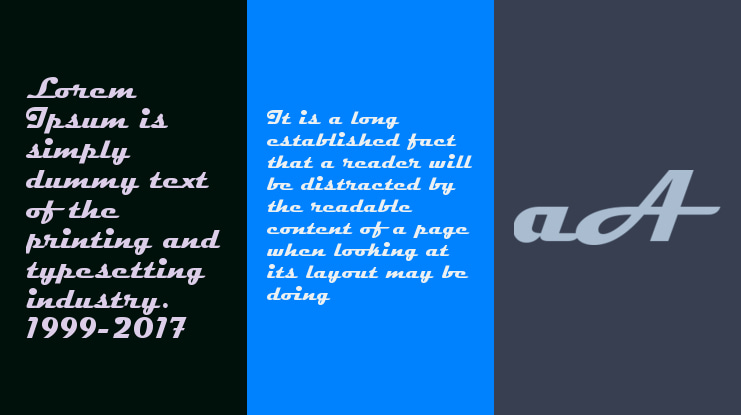
#MAKE WEBFONT ZIP#
Note, however, that the total size of Noto, with all languages included, results in a 1.1GB+ ZIP download. For example, Google's Noto font family aims to support all the world's languages. If you need to localize your page content to multiple languages, you should use a font that can deliver a consistent look and experience to your users. When picking a font, it's important to consider which character sets are supported. For example, Open Sans, which is one of the most popular WebFonts, contains 897 glyphs, which include Latin, Greek, and Cyrillic characters. As a result, two simple variables determine the size of a particular font file: the complexity of the vector paths of each glyph and the number of glyphs in a particular font. Anatomy of a web font #Ī web font is a collection of glyphs, and each glyph is a vector shape that describes a letter or symbol. On the contrary, optimized fonts, combined with a judicious strategy for how they are loaded and applied on the page, can help reduce the total page size and improve page rendering times.

Each font is an additional resource, and some fonts may block rendering of the text, but just because the page is using WebFonts doesn't mean that it has to render slower. Web font optimization is a critical piece of the overall performance strategy. WebFonts are critical to good design, UX, and performance. Web fonts enable all of the above and more: the text is selectable, searchable, zoomable, and high-DPI friendly, providing consistent and sharp text rendering regardless of the screen size and resolution. Typography is fundamental to good design, branding, readability, and accessibility. Effects on Largest Contentful Paint (LCP) and Cumulative Layout Shift (CLS).Define a font family with Consider a variable font.Paste the CSS you copied before into your style sheet. Many WordPress themes allow you to add custom CSS to your site, but if not you can also put this in the Child-Theme in stead. Now that we have all the right files in place, you’ll need to reference to them through CSS. Follow the tutorial below and see where it gets us. the important figures for us here are that we have 71 Request, 1.56MB Page Size and we are fully loaded in 3.1 seconds. We are using GT Metrix to get some information before we start. Step-by-Step tutorial to host Google Fonts Local Step 0: Let’s quickly run a test to see where we are We advice not to host fonts local if you are not using a CDN. Therefore their fonts are loading relatively quickly if you compare it to downloading assets from mediocre servers. And Google, yes it is Google, obviously does this as well. A CDN reduces DNS lookups and increases the speed of a website overall. When this other page uses the same font as you, then the visitor will already have it installed.Īlso, if you are not using a CDN like Cloudflare or Ke圜DN (please do!) you could, in the end slow down your website by hosting your fonts locally. First of all, Google Fonts could already be cached on your visitor’s computer from going to a different web page. Hosting Google Fonts local doesn’t necessarily mean that your page speed will improve.
#MAKE WEBFONT DOWNLOAD#
And each visitor needs to download these files on page load… When you do host Google Fonts locally, all the request will come from the same domain as your other assets, and most likely you will not need this extra CSS file either. You will see to get the CSS file and then to download those. The web font you use is an additional HTTP request, as well as another DNS lookup.

Just as any other Web Font, the fonts from Google do not come pre-installed on a device (computer, tablet, phone, etc) and must be downloaded by the browser before displaying it.

Give your guests that extra something by dynamically greeting them and giving them the information they need.Ĭheck out Simplify Screen The downsides to Google Fonts and hosting them local Greet your guests in style on your Smart TV.


 0 kommentar(er)
0 kommentar(er)
